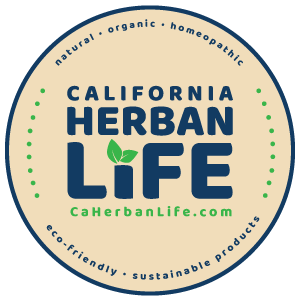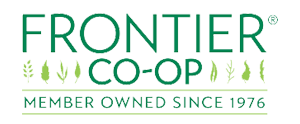May is Stroke and Blood Pressure Awareness Month, a time to raise awareness of these two major health threats. Stroke is the fifth leading cause of death in the United States, and high blood pressure is a major risk factor for stroke.
A stroke occurs when the blood supply to part of the brain is interrupted, depriving brain cells of oxygen. This can cause brain damage and can lead to a variety of disabilities, including paralysis, speech problems, and difficulty thinking.
High blood pressure is a condition in which the force of blood pushing against the walls of your arteries is too high. This can damage your arteries and make it more likely that you will have a stroke.
If you have any of the risk factors for stroke, it is important to talk to your doctor about ways to reduce your risk.
Symptoms of a Stroke
The symptoms of a stroke can come on suddenly and can vary depending on the part of the brain that is affected. Some common symptoms of a stroke include:
- Sudden numbness or weakness on one side of the body
- Sudden confusion
- Sudden trouble speaking or understanding speech
- Sudden trouble seeing in one or both eyes
- Sudden severe headache with no known cause
If you think you or someone you know is having a stroke, it is important to call 911 immediately. Early treatment can help to reduce the damage caused by the stroke.
Treatment for a Stroke
The treatment for a stroke depends on the type of stroke and the severity of the damage. Some common treatments for a stroke include:
- Thrombolysis: This is a procedure that uses medication to dissolve a blood clot that is blocking the blood supply to the brain.
- Endovascular surgery: This is a procedure that uses a small tube to insert a device into the blood vessel to remove the blood clot.
- Rehabilitation: This is a program of therapy that helps people to recover from the effects of a stroke.
Ways to manage Blood Pressure Naturally
Blood pressure is the force of blood pushing against the walls of your arteries. It is measured in two numbers: systolic blood pressure and diastolic blood pressure. Systolic blood pressure is the pressure when your heart beats. Diastolic blood pressure is the pressure when your heart is at rest.
High blood pressure, also known as hypertension, is a condition in which blood pressure is too high. High blood pressure can damage your arteries and increase your risk of heart disease, stroke, and other health problems.
There are many things you can do to manage your blood pressure naturally. Here are some tips:
- Eat a healthy diet. A healthy diet for blood pressure control includes plenty of fruits, vegetables, and whole grains. It is also important to limit your intake of sodium, saturated fat, and cholesterol.
- Exercise regularly. Exercise helps to lower blood pressure by strengthening your heart and improving your circulation. Aim for at least 30 minutes of moderate-intensity exercise most days of the week.
- Maintain a healthy weight. Excess weight can put extra strain on your heart and arteries, which can lead to high blood pressure. If you are overweight or obese, talk to your doctor about a safe and effective weight loss plan.
- Quit smoking. Smoking damages your arteries and makes it harder for your blood to flow. If you smoke, quitting is the best thing you can do for your health.
- Limit alcohol intake. Alcohol can raise blood pressure, especially in people who are already at risk for high blood pressure. If you drink alcohol, do so in moderation.
- Manage stress. Stress can raise blood pressure. Find healthy ways to manage stress, such as exercise, relaxation techniques, and spending time with loved ones.
If you have high blood pressure, it is important to work with your doctor to develop a treatment plan. This may include lifestyle changes, medication, or a combination of both. By following these tips, you can help to manage your blood pressure and reduce your risk of heart disease, stroke, and other health problems.
Additional Tips
- Get regular checkups. Your doctor can check your blood pressure and make sure that your treatment plan is working.
- Take your medication as prescribed. Don’t skip doses or stop taking your medication without talking to your doctor.
- Monitor your blood pressure at home. This will help you to track your progress and make sure that your blood pressure is under control.
- Learn about your risk factors. Knowing your risk factors for high blood pressure can help you to make lifestyle changes to reduce your risk.
- Talk to your doctor about your concerns. If you have any questions or concerns about your blood pressure, talk to your doctor.
Conclusion
Stroke is a serious health condition that can have a devastating impact on your life. However, there are many things you can do to reduce your risk of stroke. By controlling your blood pressure, quitting smoking, eating a healthy diet, exercising regularly, maintaining a healthy weight, and getting regular checkups, you can help to protect yourself from this deadly disease.




